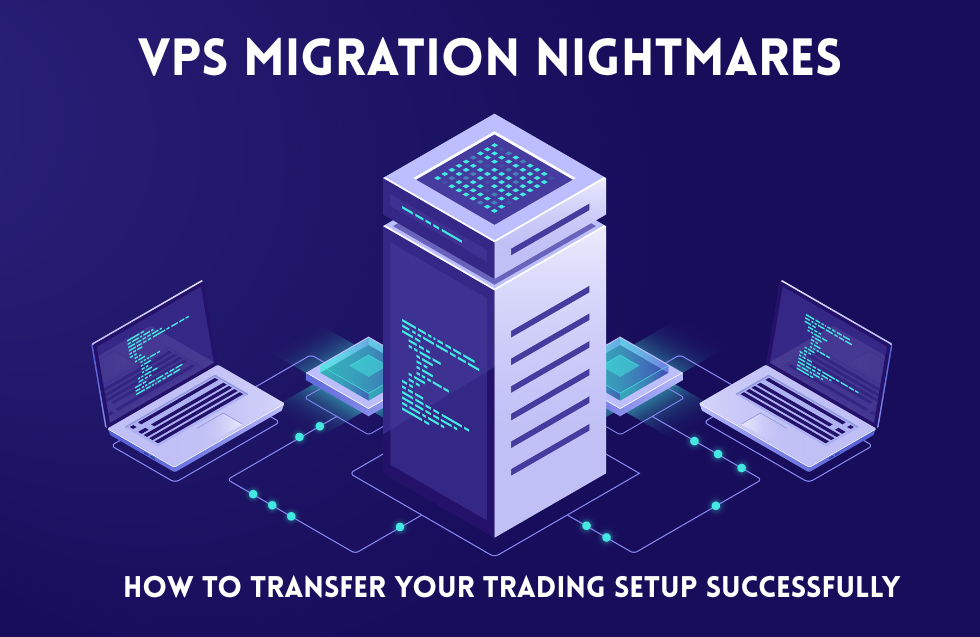In an era where digital transformation has become the cornerstone of business operations, cybersecurity has emerged as a critical concern. Among the most damaging cyber threats are Distributed Denial of Service (DDoS) attacks. These attacks flood your servers, networks, or web services with excessive traffic from multiple sources, rendering them inaccessible to legitimate users.
For small to mid-sized businesses (SMBs), a successful DDoS attack can result in hours or even days of downtime, revenue loss, reputational damage, and in some cases, permanent closure. While large enterprises may have the resources and dedicated security teams to fend off such threats, SMBs must take a strategic and cost-effective approach to mitigate these risks.
In this comprehensive guide, we’ll dive deep into the top DDoS mitigation strategies tailored for SMBs, offering practical steps, tools, and insights you can use to protect your business from potential disruptions.
1. Invest in Scalable Cloud-Based DDoS Protection
Why it matters: Cloud-based DDoS protection solutions are highly scalable and ideal for businesses that lack in-house security infrastructure. They distribute and absorb malicious traffic across global networks before it even reaches your servers.
Key providers:
- Cloudflare
- Akamai Kona Site Defender
- AWS Shield (Standard and Advanced)
- Microsoft Azure DDoS Protection
Benefits:
- Instant scalability
- No need for hardware investment
- 24/7 monitoring and automated mitigation
- Cost-effective subscription-based pricing
Implementation Tip: Integrate your cloud provider’s DNS and CDN services with your website to enable seamless redirection and filtering of traffic.
2. Deploy a Web Application Firewall (WAF)
What it does: A Web Application Firewall (WAF) sits between your web applications and the Internet, filtering, monitoring, and blocking malicious HTTP/HTTPS traffic.
Advantages:
- Filters SQL injections, cross-site scripting (XSS), and more
- Custom rule sets for specific threats
- Real-time analytics on incoming traffic
Top tools:
- Cloudflare WAF
- AWS WAF
- Imperva WAF
- Sucuri Firewall
Best Practice: Use a managed WAF service if your internal team lacks security expertise. Regularly update your rule sets to keep pace with evolving threats.
3. Enable Rate Limiting
Purpose: Rate limiting helps prevent abuse by restricting the number of requests a user can make to your server over a given period.
How it helps:
- Stops brute force and credential stuffing attacks
- Prevents botnets from overwhelming your system
- Preserves resources for legitimate users
Configuration tips:
- Set limits based on user roles (e.g., anonymous vs. logged-in users)
- Throttle excessive API or login requests
- Use exponential backoff to manage retries
Tools to consider:
- NGINX and Apache (built-in modules)
- Cloudflare Rate Limiting
- Fastly Rate Limiting Service
4. Implement Real-Time Traffic Monitoring
Why it matters: The earlier you detect a DDoS attack, the faster you can respond and minimize damage.
Tools for SMBs:
- Zabbix
- Nagios
- SolarWinds
- Datadog
What to monitor:
- Sudden traffic surges
- Geographic anomalies
- Excessive traffic from specific IPs
- Spikes in CPU, bandwidth, or memory usage
Pro Tip: Automate alerts for critical thresholds. This enables faster incident response and prevents prolonged downtime.
5. Segment Your Network
What is network segmentation? It’s the practice of dividing a network into smaller, manageable segments that can be isolated in case of an attack.
Benefits:
- Limits the spread of malware or DDoS impact
- Helps maintain access to critical systems
- Simplifies threat identification and response
Segmentation examples:
- Isolate public web servers from internal databases
- Use VLANs and firewalls to separate customer data from back-office operations
Actionable Steps:
- Implement internal firewalls between network zones
- Apply role-based access controls
- Conduct regular audits of network topology
6. Create a DDoS Incident Response Plan
Why have a plan? Having a formal response plan ensures that your team knows what to do in the event of an attack, reducing downtime and chaos.
What to include:
- Roles and responsibilities of IT staff
- Contact info for ISPs and security vendors
- Step-by-step action flowchart for detection, mitigation, and communication
- List of critical systems and fallback procedures
Regular drills: Test the plan quarterly to ensure everyone is familiar with their tasks.
Communication Tip: Have pre-drafted messages ready for stakeholders, customers, and media to minimize confusion and protect your reputation.
7. Leverage ISP and Hosting Provider Support
How ISPs can help: Many ISPs offer DDoS detection and mitigation as part of their packages. They can block traffic at the network level, preventing it from reaching your servers.
Questions to ask your provider:
- Do you offer DDoS mitigation services?
- What is the traffic threshold before intervention?
- Is there a fee for emergency support?
Proactive Steps:
- Opt for hosting services that include built-in security features
- Use providers with 24/7 support and clear SLAs (Service Level Agreements)
8. Keep All Software Updated
Why updates matter: Outdated software often contains known vulnerabilities that attackers can exploit to execute DDoS or other attacks.
What to update:
- Operating systems (Windows, Linux, etc.)
- Web servers (Apache, NGINX)
- CMS platforms (WordPress, Joomla)
- Plugins, themes, and extensions
Automation Tip: Use patch management tools like ManageEngine, PDQ Deploy, or Ninite Pro to automate updates across your organization.
9. Use Redundant Infrastructure
Redundancy Explained: Having multiple systems or components that can take over in case one fails improves resilience against DDoS attacks.
Key redundancy strategies:
- Load balancing with failover servers
- Multiple DNS providers (e.g., Cloudflare + Google DNS)
- Use of CDNs to serve content from multiple geographic locations
Best Practice: Geographically distribute your infrastructure to balance load and ensure high availability.
10. Educate and Train Your Staff
Why this matters: Employees are often the weakest link in cybersecurity. Human error can invite unnecessary vulnerabilities.
Training focus areas:
- Recognizing phishing emails
- Reporting abnormal system behavior
- Following proper password protocols
Ongoing education methods:
- Monthly cybersecurity newsletters
- Quarterly simulated attack drills
- Interactive e-learning modules
Recommended Platforms:
- KnowBe4
- Cybrary
- Udemy for Business
Bonus: Combine Mitigation with Cyber Insurance
While not a preventive measure, cyber liability insurance can help you recover from the financial impact of a DDoS attack.
What it may cover:
- Loss of income
- Legal costs
- Public relations expenses
- IT forensic investigation costs
When selecting a policy:
- Ensure DDoS coverage is included explicitly
- Understand the limits and exclusions
- Work with an advisor to tailor it to your risk profile
Final Thoughts
DDoS attacks are evolving rapidly, and SMBs can no longer afford to overlook them. Fortunately, implementing a multi-layered defense using the strategies outlined above can drastically reduce your risk and ensure that your business remains secure, reliable, and trusted by customers.
Remember: Preparation is better than reaction. Start integrating these measures today to fortify your digital defenses against tomorrow’s threats.












